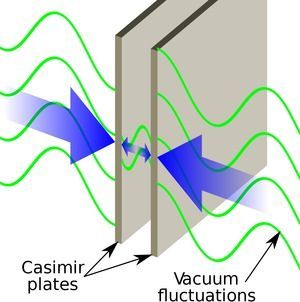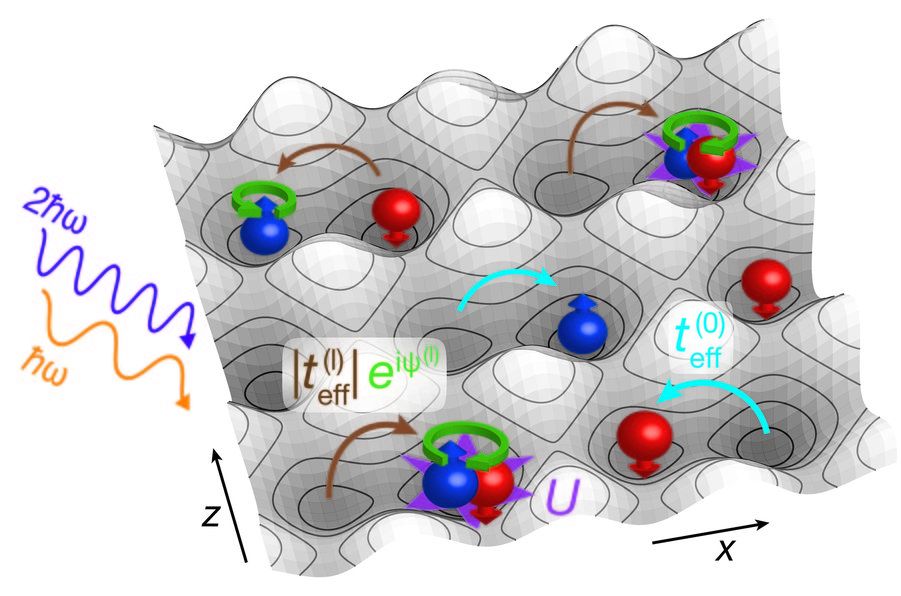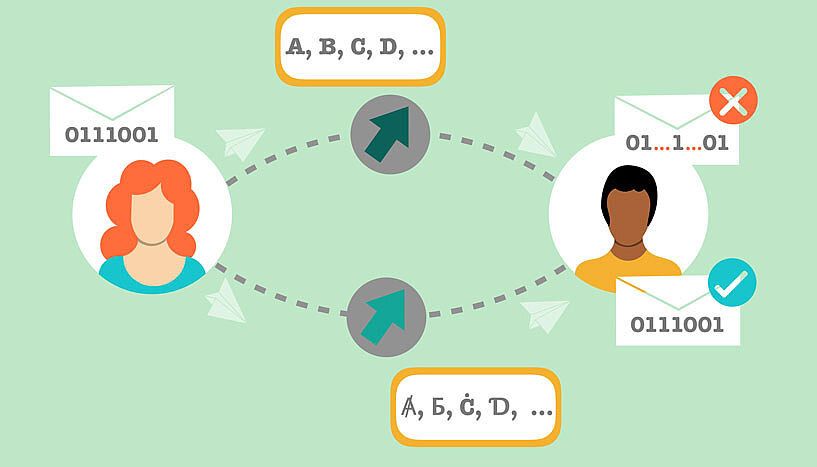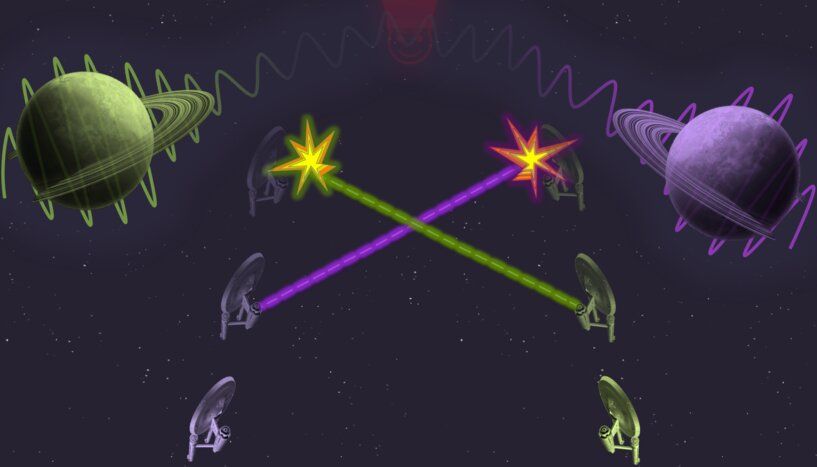Sep 4, 2019
[PDF] The Gravitational Aether, Part II: Gravitational Aetherometry
Posted by Quinn Sena in categories: energy, quantum physics
The present essay is the third of a group of four communications originally intended for publication in Infinite Energy at Dr. Eugene Mallove’s invitation, and dedicated to the scientific, technological and political problems presented by exotic flight and lift systems in particular those relating to possible control of gravity. We examine the main lines of research into the nature of gravity over the past 6 decades, with a focus on Einstein’s General Relativity and General Theory of Gravitation, quantum-mechanical models of the graviton, Geometrodynamics and the ZPE theories, Van Flandern’s model of gravity, which are contrasted to Aspden’s theory of a dynamic Aetherometric Theory of Synchronicity, Vol. II AS3-II.9.









 We suggest and motivate a precise equivalence between uncompactified eleven dimensional M-theory and the N = infinity limit of the supersymmetric matrix quantum mechanics describing D0-branes. The evidence for the conjecture consists of several correspondences between the two theories. As a consequence of supersymmetry the simple matrix model is rich enough to describe the properties of the entire Fock space of massless well separated particles of the supergravity theory. In one particular kinematic situation the leading large distance interaction of these particles is exactly described by supergravity.
We suggest and motivate a precise equivalence between uncompactified eleven dimensional M-theory and the N = infinity limit of the supersymmetric matrix quantum mechanics describing D0-branes. The evidence for the conjecture consists of several correspondences between the two theories. As a consequence of supersymmetry the simple matrix model is rich enough to describe the properties of the entire Fock space of massless well separated particles of the supergravity theory. In one particular kinematic situation the leading large distance interaction of these particles is exactly described by supergravity.






